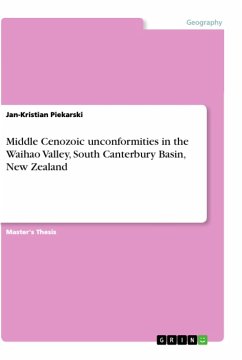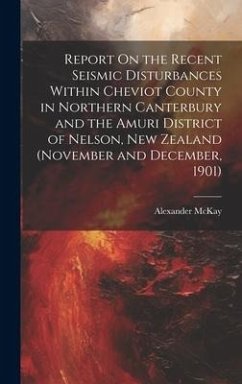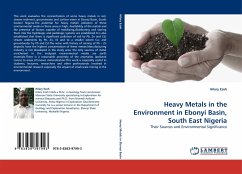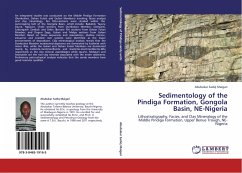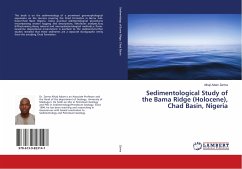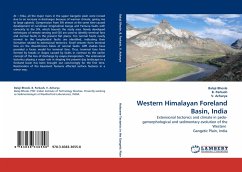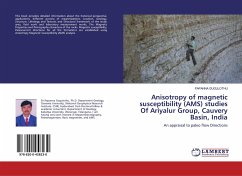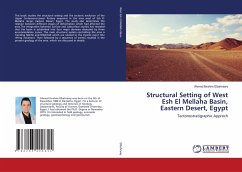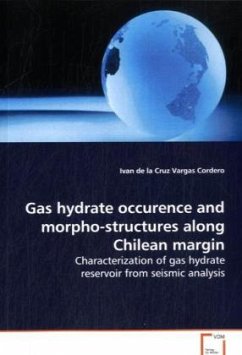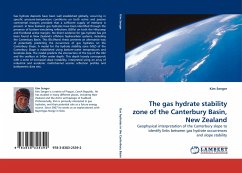
The gas hydrate stability zone of the Canterbury Basin, New Zealand
Geophysical interpretation of the Canterbury slope to identify links between gas hydrate occurrences and slope stability
Versandkostenfrei!
Versandfertig in 6-10 Tagen
45,99 €
inkl. MwSt.

PAYBACK Punkte
23 °P sammeln!
Gas hydrate deposits have been well established globally, occurring in specific pressure-temperature conditions on both active and passive continental margins provided that a sufficient supply of methane is present. In New Zealand, gas hydrates have been identified through the presence of bottom-simulating reflections (BSRs) on both the Hikurangi and Fiordland active margins. No direct evidence for gas hydrate has yet been found in New Zealand's offshore hydrocarbon systems, including the Canterbury Basin. This BSc(Hons) thesis presents an alternative way of potentially predicting the occurren...
Gas hydrate deposits have been well established globally, occurring in specific pressure-temperature conditions on both active and passive continental margins provided that a sufficient supply of methane is present. In New Zealand, gas hydrates have been identified through the presence of bottom-simulating reflections (BSRs) on both the Hikurangi and Fiordland active margins. No direct evidence for gas hydrate has yet been found in New Zealand's offshore hydrocarbon systems, including the Canterbury Basin. This BSc(Hons) thesis presents an alternative way of potentially predicting the occurrence of gas hydrates on the Canterbury Slope. A model for the hydrate stability zone (HSZ) of the Canterbury Slope is established using bottom-water temperatures and borehole data. The model predicts the intersection of the top of the HSZ and the seafloor at 540m water depth. This depth loosely corresponds with a zone of increased slope instability, interpreted using an array of industrial andacademic multichannel seismic reflection profiles and bathymetric data sets.



